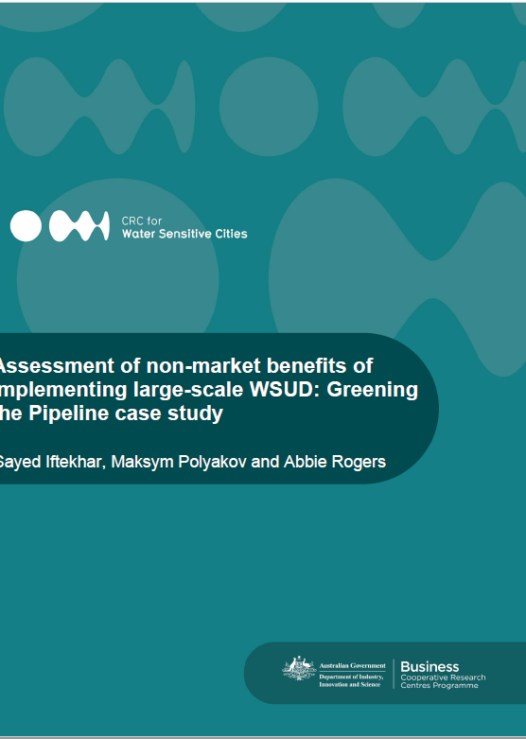Assessment of non-market benefits of implementing large-scale WSUD: Greening the pipeline case study
Executive Summary
Many cities around the world are experiencing rapid population growth and land-use changes, which are putting substantial pressure on existing green infrastructure and public open spaces. In Australia, water utilities are undertaking many liveability improvement projects to tackle these challenges. However, making a decision about investing in these projects requires information on all benefits, including social benefits.
In this report, we assess people’s preferences for different restoration options for a major water infrastructure in Melbourne, the Main Outfall Sewer (MOS) reserve, as part of the Greening the Pipeline initiative. There is growing interest to convert the area into parklands for community use. However, information on people’s preferences for different restoration features is currently lacking.
We use two economic non-market valuation approaches to understand the benefits associated with improving the MOS reserve, a hedonic pricing analysis and a discrete choice experiment. These approaches measure the values associated with improvements as quantitative dollar values, so that we can integrate these values into decision support tools such as benefit–cost analyses.
Our results can inform investment decisions about upgrades to the MOS reserve, and complement the INFFEWS value database (Iftekhar, Gunawardena et al. 2019). This repository of non-market values relevant to water sensitive systems and practices currently lacks specific information on large-scale liveability projects.
